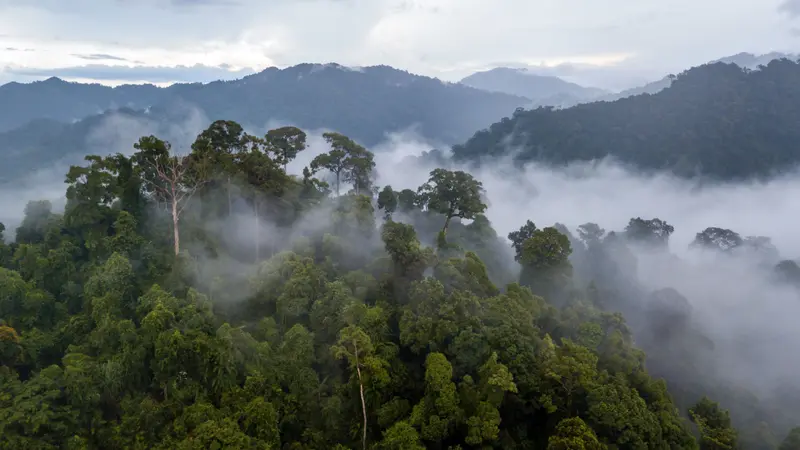

Planet and People Connection

Planet and People Connection
Tropical Forests are Approaching Critical Temperature Thresholds
Tropical forests play a crucial role in the Earth's climate system and provide essential ecosystem services. However, recent studies indicate that these forests are approaching critical temperature thresholds that could have significant implications for their survival and the planet.
Increased Temperatures Effect on Tropical Forests
According to a study published in Nature, tropical forests are experiencing rising temperatures. The research shows that the temperature at which the photosynthetic machinery in tropical trees begins to fail, known as the critical temperature, averages around 46.7°C (116.1°F). However, it remains uncertain whether tropical leaf temperatures are approaching or will soon exceed this threshold under climate change conditions.
Leaf thermocouple data, remote sensing, and experiments in various locations across Brazil, Puerto Rico, and Australia indicate that even moderate increases in temperature—as little as 2°C—can cause peak leaf temperatures to exceed the critical threshold.
Tropical Forests’ Impact on the Weather
Tropical forests have a significant influence on the local and regional climate. They regulate temperature and humidity, contribute to rainfall patterns, and maintain water cycles. Deforestation and temperature increases can disrupt these functions, affecting the weather patterns in surrounding areas.
As global warming intensifies, photosynthesis in leaves can fail at high temperatures. This failure of leaf photosynthesis can lead to reduced evaporation from the plants, impacting the local water cycle and potentially leading to drier conditions. Consequently, the loss of tropical forests and disruption of their functions can disrupt weather patterns and ecosystems.
Tropical Forests’ Role in Mitigating Climate Change
Tropical forests offer significant potential for mitigating climate change through carbon sequestration. They act as carbon sinks, absorbing and storing large amounts of atmospheric carbon dioxide through photosynthesis. Additionally, they help regulate the water cycle, reducing the impacts of drought and preventing soil degradation. The preservation and restoration of tropical forests, coupled with sustainable land management practices, can play a crucial role in reducing carbon emissions and mitigating climate change.
As we face the critical threat to tropical forests, we must recognize the power we have to make change. Let us take inspiration from their resilience and fight to preserve them for future generations.
REFERENCES
Nature. (2023). Tropical forests may be approaching critical temperature thresholds. https://www.nature.com/articles/s41586-023-06391-z
Los Angeles Times. (2023). Global warming could cause leaf photosynthesis to fail. https://www.latimes.com/environment/story/2023-08-26/global-warming-could-cause-leaf-photosynthesis-to-fail#:~:text=Researchers%20have%20found%20that%20in,collapse%20at%20around%20116%20degrees
The Hindu. (2023). Tropical forests may be getting too hot for photosynthesis. https://www.thehindu.com/sci-tech/science/tropical-forests-may-be-getting-too-hot-for-photosynthesi…
Science Museum Group. (2023). Tropical forests closer to destructive tipping point temperature than realized. https://www.sciencemuseumgroup.org.uk/blog/tropical-forests-closer-to-destructive-tipping-point-tem…
Science News. (2023). Leaves of tropical forests reach photosynthesis heat limit. https://www.sciencenews.org/article/leaves-tropical-forests-photosynthesis-heat-limit
Wood, S. H., & Piva, R. J. (2012). Rainfall, throughfall, and stemflow in seasonally dry tropical forest. https://data.fs.usda.gov/research/pubs/iitf/ja_iitf_2012_Wood001.pdf


 By
By






